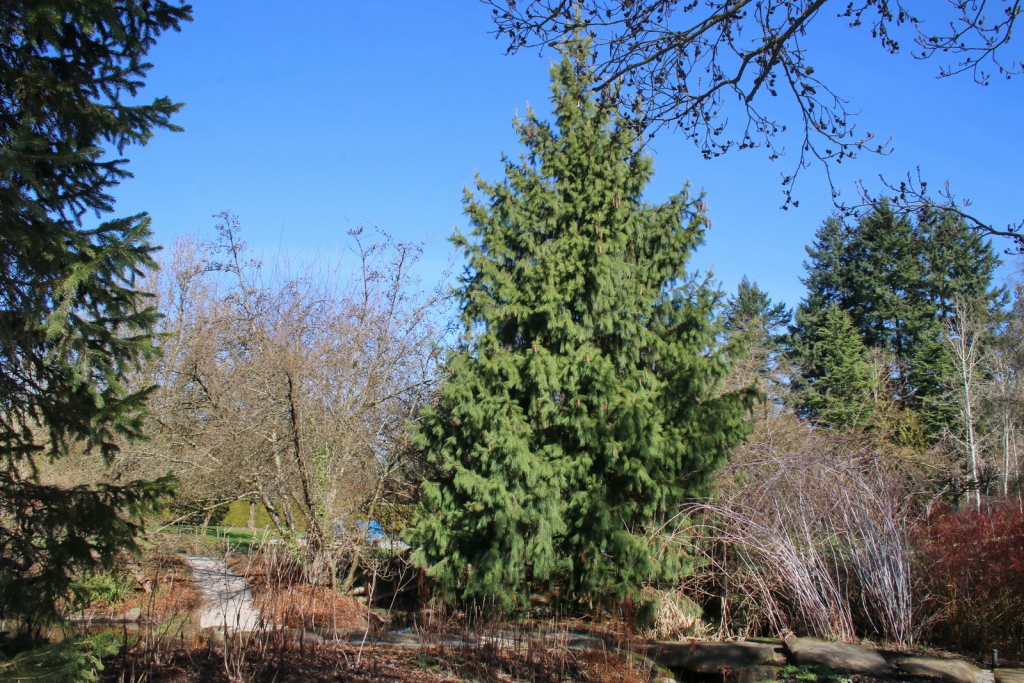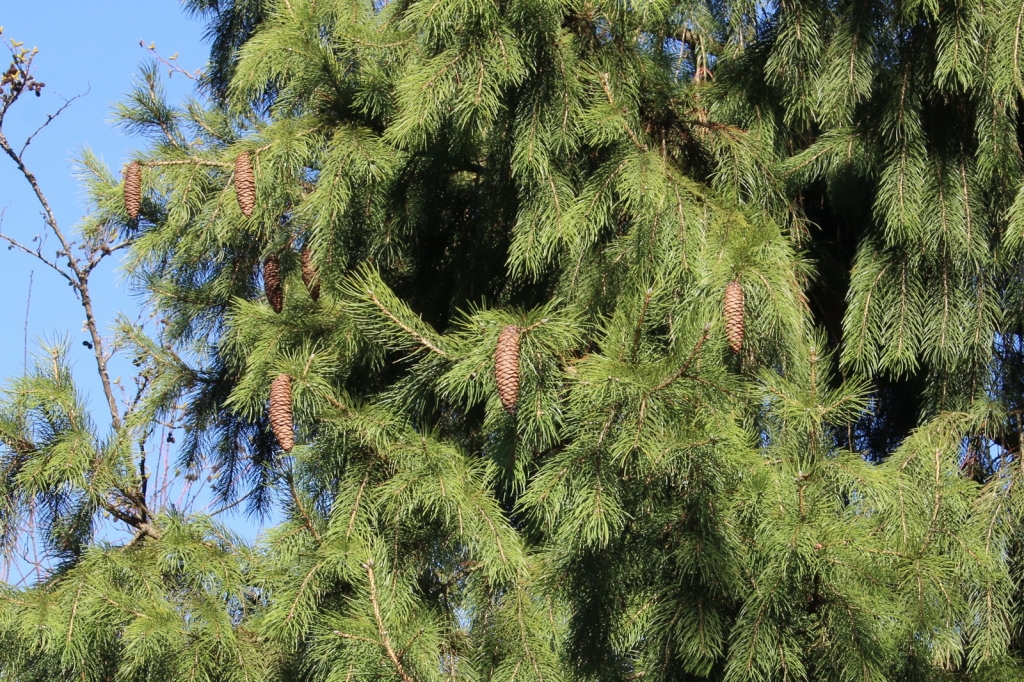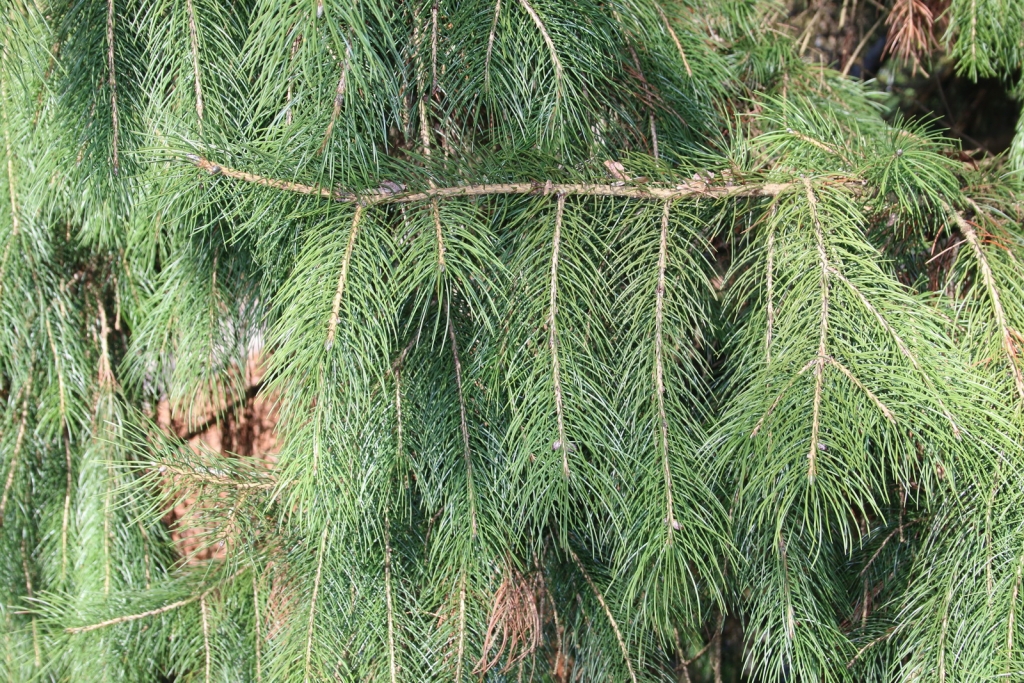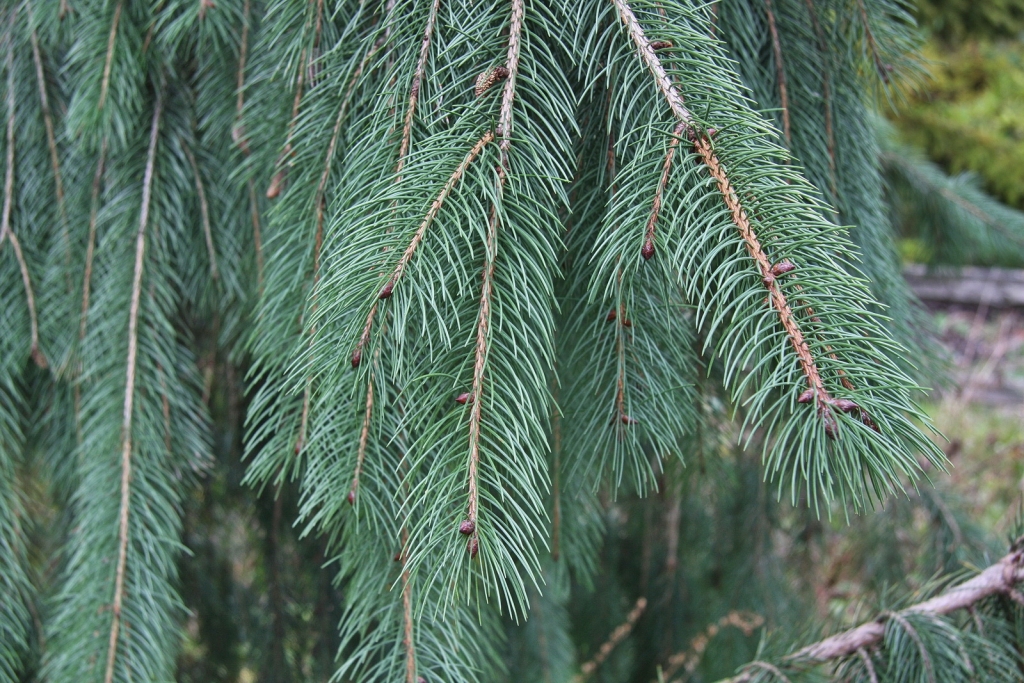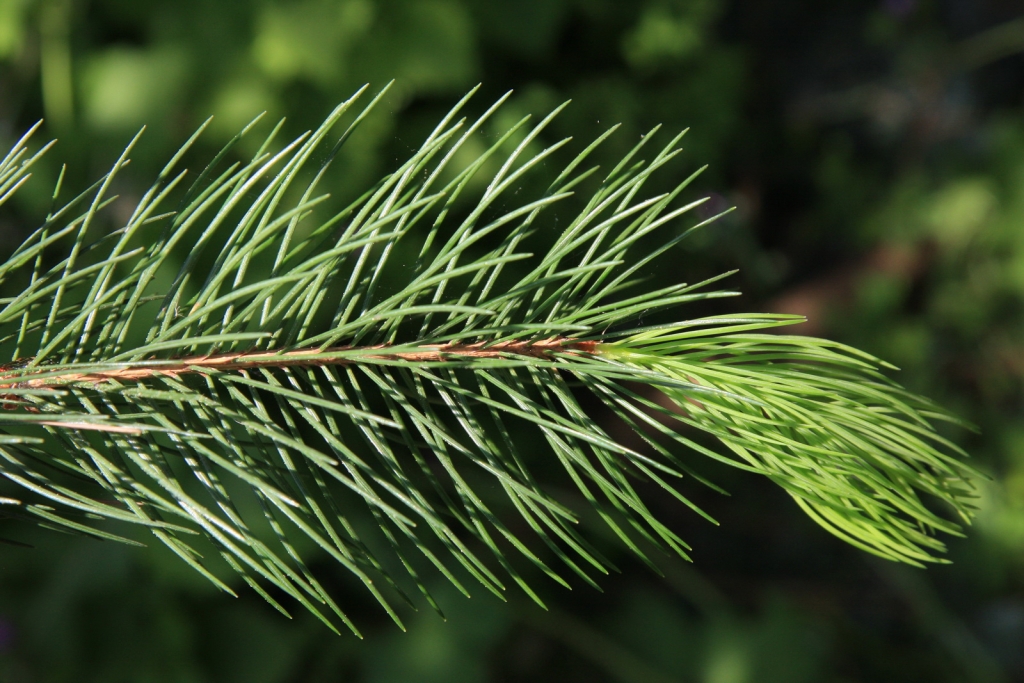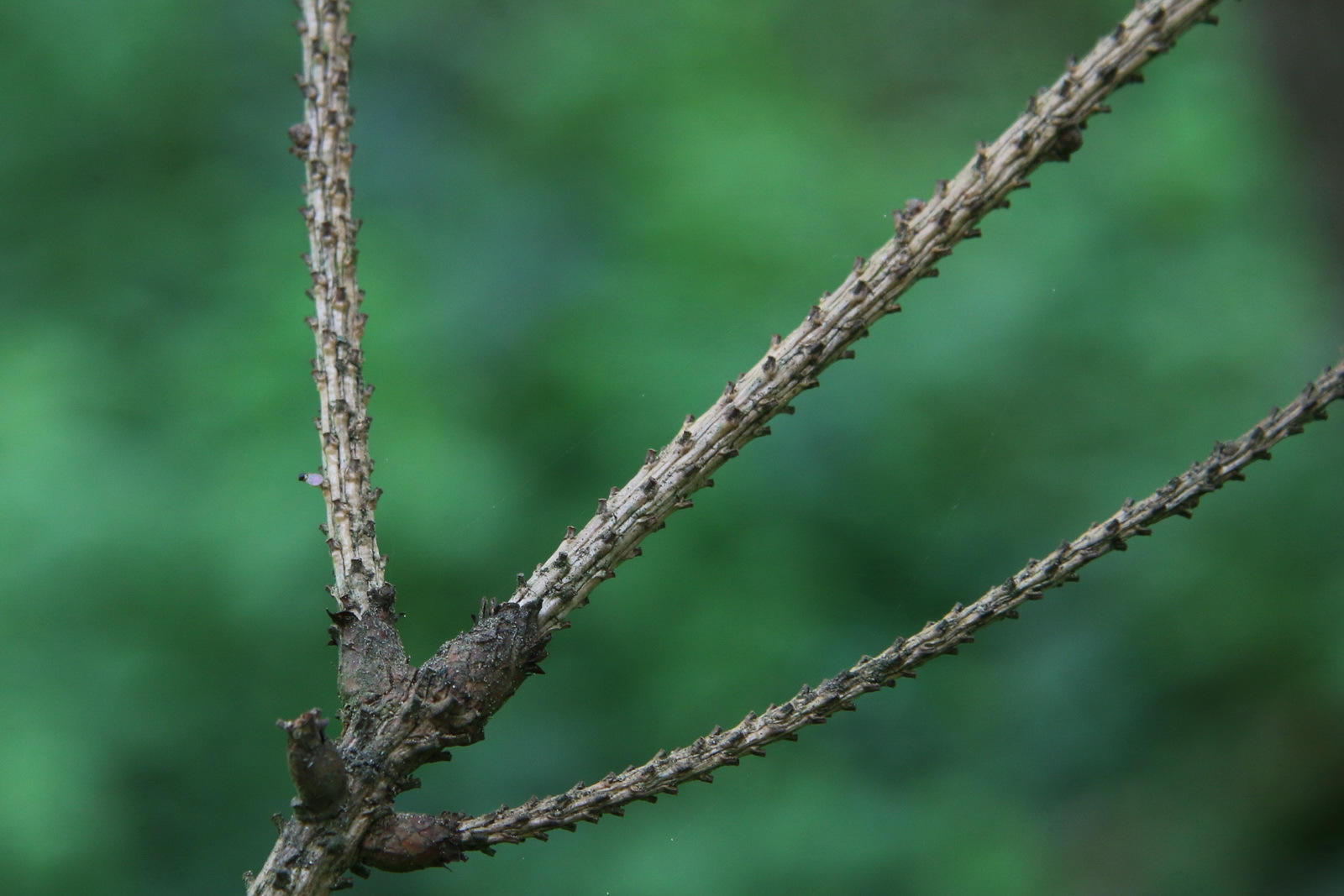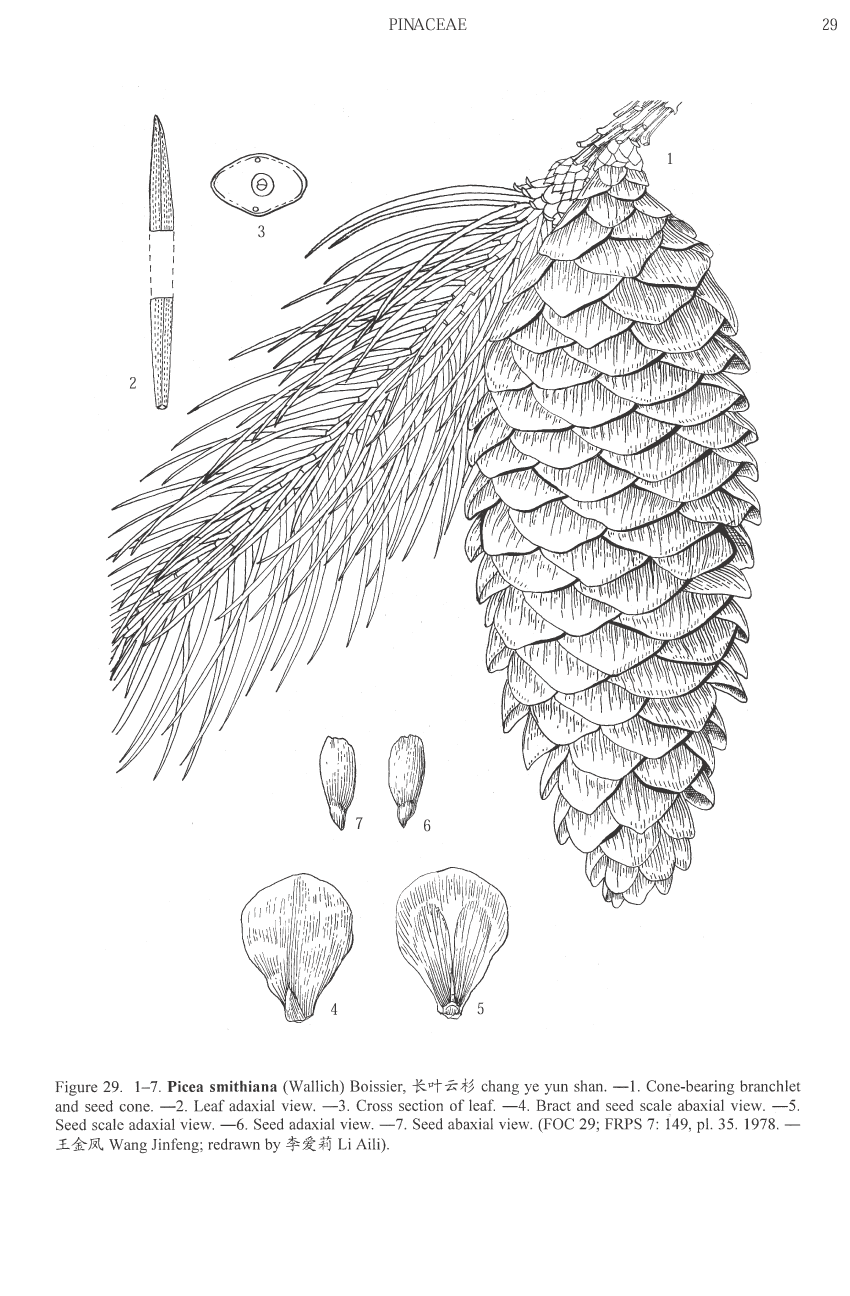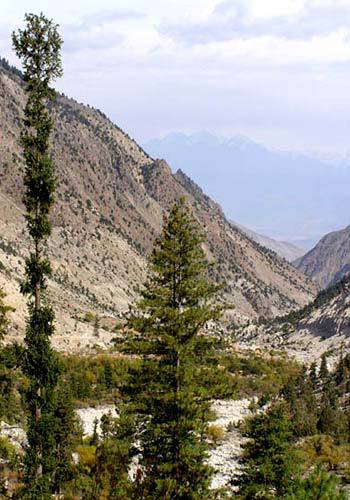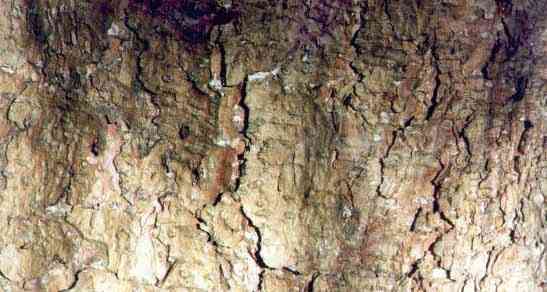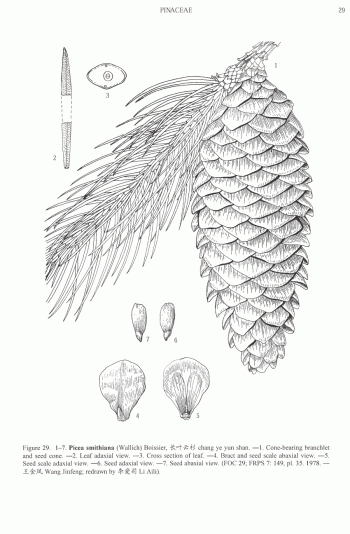
Picea smithiana, as described in 1884 by (Nathaniel Wallich) Pierre Edmond Boissier (1810-1885), in the 5th edition of Flora Orientalis, is commonly known as west Himalayan or morinda spruce to English speakers; as well as é•¿Š¶äº‘æ‰ (changye yunshan) in the Chinese language. There are two plausible contemporary Smiths for whom Wallich may have named this species: James Edward Smith (1759 - 1828), The founding president of the Linnean Society of London, who died 4 years before the publication of the species, and Mr. Smith (maybe Smythe), a gardener at the Hopetoun in Scotland, who raised the first trees from seed sent to him in 1818.
G.Gordon reports *morinda* is from the Himalayas, meaning nectar, or honey of flowers, on account of the resinous drops or tears found on the young cones and other parts of the tree, resembling honey.
Ethnobotany. Morinda spruce is a popular ornamental tree in large gardens in western Europe for its attractive pendulous branchlets. It is also grown to a small extent in forestry for timber and paper production, though its slower growth compared to Norway spruce reduces its importance outside of its native range.
Description. West Himalayan spruce is an evergreen, coniferous species of tree that grows to mature heights of 200 feet (60 m) tall; with a trunk up to 80 inches (2 m) in diameter, measured at breast height; and a conical crown.
Distribution. This species is native to Afghanistan; India - Kashmir state; as well as Nepal; Pakistan; and southern Tibet, found growing in alpine lithosols; at elevations of 7,500 to 8,500 feet (2,300 - 3,600 m) above sea level. Its natural climate is moist monsoon, with abundant precipitation over two rainy seasons, but becoming gradually drier in the western parts of the range. Some of the precipitation falls as snow which accumulates over winter. Companion conifers include East Himalayan fir (Abies spectabilis), Himalayan white pine (Pinus wallichiana) and Himalayan hemlock (Tsuga dumosa), in the eastern part of the range; and with West Himalayan fir (Abies pindrow) and Deodar cedar (Cedrus deodara) in the western part.
Hardy to USDA Zone 7 - cold hardiness limit between 0° and 10°F (-17.7° and -12.2°C).

